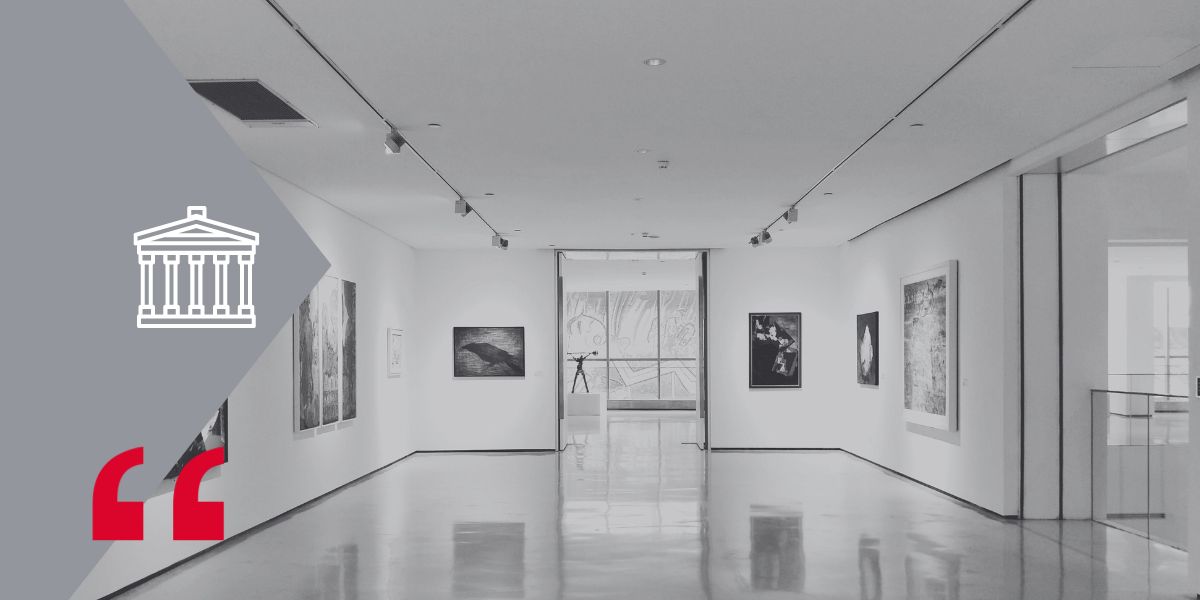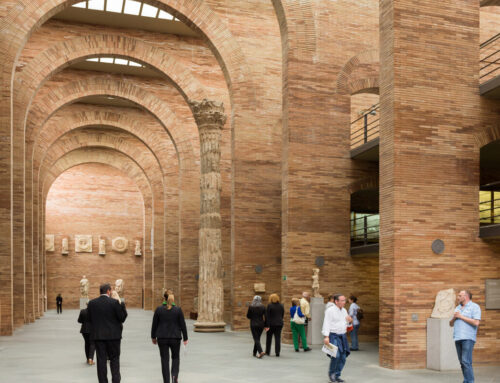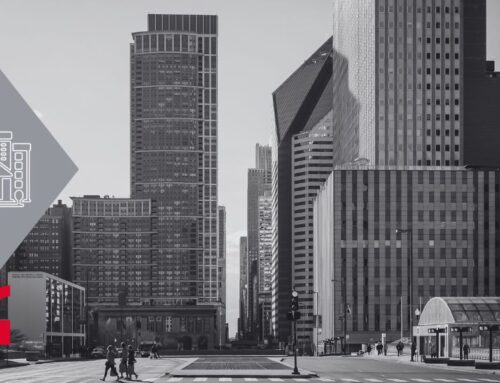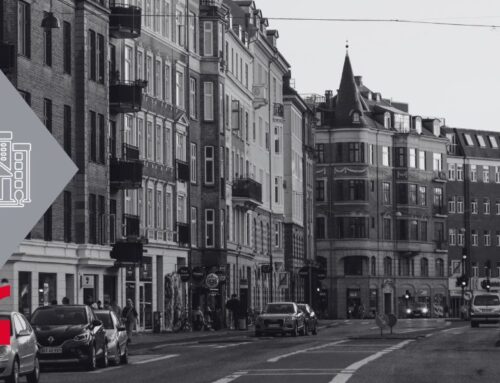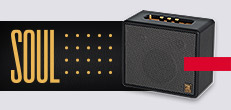Tourism sector infrastructures, such as promenades, museums, theme parks, and convention centers, require public address systems that ensure clear, smooth, and efficient communication. These locations usually experience large crowds, so an adequate sound system is essential both to enhance the visitor experience and to ensure safety in emergency situations.
Choosing the most suitable public address system for tourist facilities is not an easy task. It requires a detailed analysis of the specific needs of the site, the required functionality, and the type of communication to be implemented. In this guide, we explain the steps to follow to make the best decision based on the nature of the facility and the operational requirements.
Step-by-step to choose the most suitable public address system for tourist facilities
1. Analyze the specific needs of the facility
The first step is to analyze the particularities of the environment. Tourist facilities can vary significantly in size, design, and type of use. For example, a museum may require a more focused sound system in specific areas, while a tourist promenade or theme park needs to cover large outdoor areas. Assess how many zones need public address, whether homogeneous sound is required, or if some areas need more intensity than others.
It’s also important to consider the capacity of each space. Areas with high concentrations of people, such as auditoriums or access zones, require systems with higher power and coverage. In facilities like promenades, sound dispersion and possible architectural obstacles, such as columns or fountains, that can distort the sound should also be evaluated. The design of the space directly influences the type of public address system for tourist facilities that will be most effective.
2. Determine the type of communication
In many locations, such as museums or exhibition centers, the public address system is used for specific instructions or guiding visitors. However, in places like theme parks or promenades, a system that combines ambient music with promotional or informative messages is needed.
It is essential that the system of public address system for tourist facilities be flexible and allow for efficient management of different types of content. This will help maintain a pleasant atmosphere and ensure that messages reach visitors clearly.
3. Evaluate integration with security systems
A system of public address for tourist facilities must offer more than just good sound quality. In tourist facilities, safety is a priority, so the system chosen must be perfectly integrated with existing emergency systems. This includes the ability to interrupt music or any ongoing announcement to broadcast alerts and evacuation messages in case of a critical situation, such as a fire or weather warning.
The most advanced public address systems allow pre-recorded messages to be scheduled for emergency situations, facilitating a quick and coordinated response. Additionally, they must comply with local regulations and safety standards, such as EN 54-16, which governs voice alarm systems in Europe.
4. Select the appropriate equipment
Once the operational needs have been defined, it’s time to select the equipment that best suits them. The system of public address for tourist facilities is composed of several key elements: microphones, amplifiers, speakers, and control systems. Each component must be chosen based on sound quality, coverage, and material durability, especially if installed outdoors.
In outdoor areas, it is essential to have speakers resistant to adverse weather conditions, such as rain, humidity, or prolonged exposure to the sun. For indoor areas, aesthetics also play an important role, as speakers must visually integrate into the space without compromising the design of the place. Each component of the system must be geared toward meeting the specific requirements of public address for tourist facilities.
Additionally, the system must allow for easy volume management in different areas of the facility. In some areas, such as restaurants or rest zones, a low volume may be required, while in others, such as show areas or pools, more powerful sound is needed. The ability to adapt to these variations is key to a good system of public address for tourist facilities.
5. Consider connectivity and control
Technology has advanced significantly in the field of public address systems for tourist facilities, and it is now possible to control these systems remotely via mobile applications or from a centralized computer. This functionality is very useful in tourist facilities where operators need to manage multiple zones simultaneously, making immediate and precise adjustments from anywhere in the facility. Some public address systems also allow integration with IP networks.
When designing a system of public address for tourist facilities, it is important to consider the possibility of expansion. A scalable system will allow new zones or functionalities to be added in the future without replacing the entire system. This is especially important in facilities planning to grow or expand their services in the future.
6. Plan installation and maintenance
Proper planning of the installation is essential to avoid interruptions in the operation of the tourist facility. In most cases, the public address systems for tourist facilities are installed during the construction phase, but it is also possible to carry out installations in already operational buildings, although this may require more careful planning.
Another key aspect is maintenance. The public address systems for tourist facilities, especially in large facilities, need to be regularly checked to ensure they are working correctly. Opting for modular equipment that facilitates maintenance and repairs can significantly reduce long-term costs.
Conclusion
Choosing the right public address system for tourist facilities is a key decision to ensure the best possible experience for visitors while strengthening security and communication measures. By considering factors such as space size, usage type, integration with security systems, and technical features, facility managers can ensure they select the most suitable solution. Additionally, opting for high-quality, easy-to-maintain equipment ensures a long-term investment that will provide significant benefits both operationally and for customer satisfaction.
